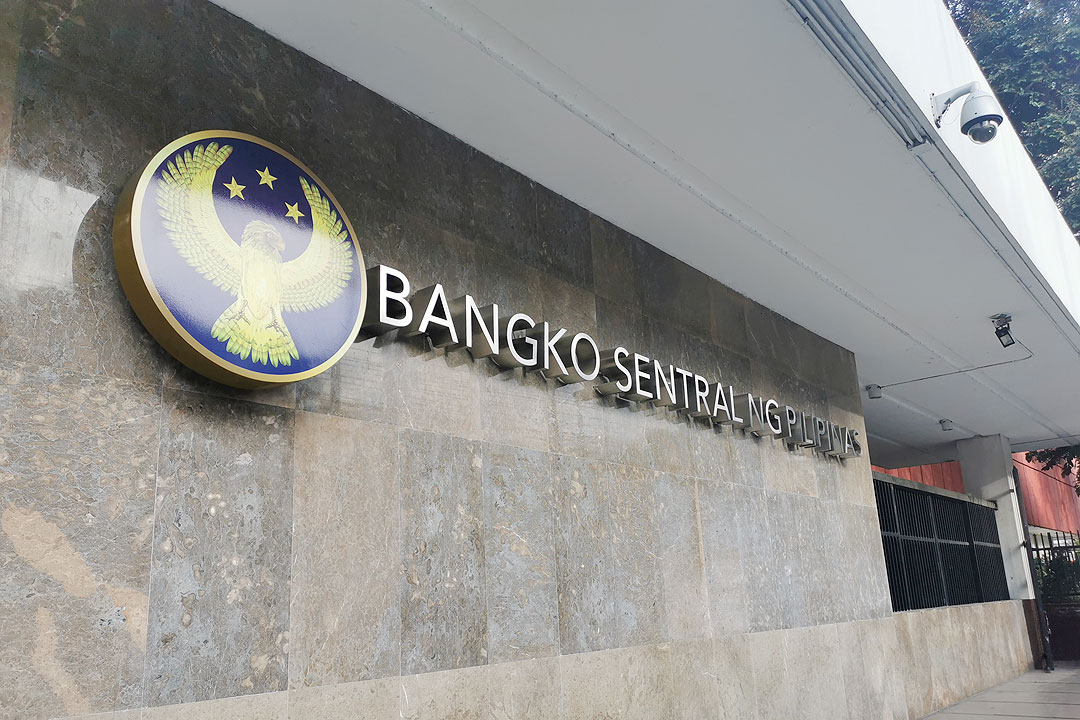
By Keisha B. Ta-asan, Reporter
THE PHILIPPINES is on track to grow by as much as 7% this year, but a global economic slowdown amid tighter monetary conditions and elevated inflation is a key risk, according to the central bank.
The Philippine economy’s growth prospects remained “favorable” in the near term, the Bangko Sentral ng Pilipinas (BSP) said in an e-mailed reply to questions.
“The expected growth over the near term is supported by the expansion in the industry sector as manufacturers signaled greater local demand, as well as the release of pent-up demand from China’s reopening,” it said.
In April, the Development Budget Coordination Committee (DBCC) kept the growth target at 6-7% for 2023 and 6.5-8% for 2024 to 2028. It will meet on June 9 to review its macroeconomic targets.
Improved labor conditions, increased tourism demand and continued face-to-face schooling would support growth in the country’s service sector, said the central bank, which is a member of the DBCC.
“In addition, the scheduled reduction in personal income taxes this year from the Tax Reform for Acceleration and Inclusion or TRAIN Law is expected to boost household consumption,” the BSP said.
Under the law, there will be personal income tax cuts starting Jan. 1. Taxpayers whose annual taxable income is below P250,000 are exempt from personal income tax. Those whose income is more than P250,000 but less than P8 million will pay lower taxes between 15% and 30%.
The tax rate on people earning more than P8 million was raised to 35% from 32%.
“Nonetheless, the emerging forecasts for the Philippine economy remain fluid and dominated by significant downside risks, mainly from the projected slowdown in global growth,” the BSP said.
Global growth is expected to drop to a three-decade low of 1.7% in 2023, according to the World Bank’s latest Global Economic Prospects report.
In its World Economic Outlook in April, the International Monetary Fund expected global expansion at 2.8% this year, lower than its April 2022 projection of 3.6%.
The slower global growth forecasts of these multilateral institutions were due to tighter monetary conditions and elevated inflation all over the world.
In the Philippines, the BSP has increased its key policy rate by 425 basis points (bps) since May last year, bringing it to 6.25%. The Monetary Board paused tightening on May 18, but inflation remains above its 2-4% target.
A BusinessWorld poll of 15 analysts last week yielded a 6.1% median for May inflation, settling near the lower end of the central bank’s 5.8-6.6% forecast.
May inflation could be slower than 6.6% in April but quicker than 5.4% a year earlier. It has been slowing since January.
The BSP said inflation would average by 7.2% in the first half before easing to 4.6% in the third quarter and to 3% in the last quarter.
By the first quarter of 2024, inflation may hit close to the lower end of the 2-4% target due to base effects and a likely decline in global oil and nonoil prices.
“The risks to the inflation outlook continue to be skewed toward the upside for both 2023 and 2024, warranting continued readiness to resume monetary action if necessary,” the central bank said in its e-mail.
It flagged the impact of fare and wage increases, higher food prices and El Niño as risks to the outlook.
Potential wage hikes based on recent debates in Congress and shocks to food and energy prices from El Niño might also spur second-round effects, the BSP said.
‘SET OF TOOLS’
BSP Governor Felipe M. Medalla earlier said he expected inflation to ease back to the 2-4% target by September or October. The central bank expects inflation to average at 5.5% for this year before slowing to 2.8% in 2024.
The US central bank’s aggressive monetary policy tightening has continued to influence Philippine financial markets, the BSP said.
The US Federal Reserve raised the key rate by 25 bps in May and has increased it by 500 bps since March last year, bringing the Fed fund rate to 5-5.25%.
But a pause in the Fed’s policy tightening is possible amid financial stability concerns in the US after the collapse of some banks, the BSP said.
The Fed will meet on June 13-14 to discuss monetary policy.
“These developments sparked worries over potential spillovers to the international financial system, which prompted the US Fed to reevaluate the trade-offs between policy tightening to arrest elevated inflation and maintaining the policy rate to mitigate the risk of further bank fallouts,” the BSP said.
But the US banking turmoil had limited effects on Philippine financial markets because local banks had little exposure to the collapsed US banks, the central bank said.
“Structural reforms that were put in place by the BSP even prior to the onset of the banking failures played an essential role in limiting potential spillovers on the country’s financial system and macroeconomy,” it added.
These banking reforms include sound governance and risk management standards, prudential limits and requirements, as well as strengthened surveillance.
“In the event of a possible further tightening of the global financial condition and serious liquidity problems, the BSP has a set of tools to provide liquidity to the banking system, if necessary, even though the current health of the domestic banking system is relatively sound,” the BSP said.
Growth on track to hit 6-7% — BSP
Source: Bantay Radio
0 Comments